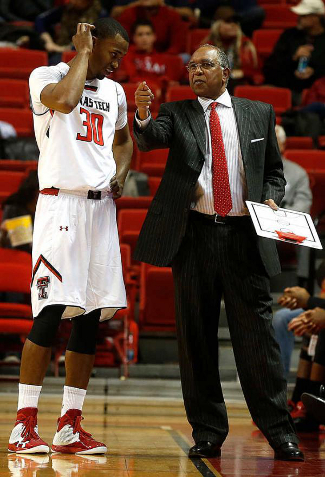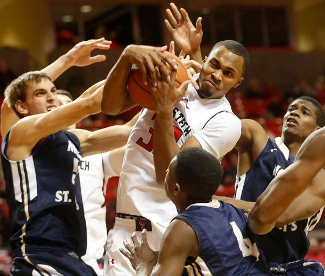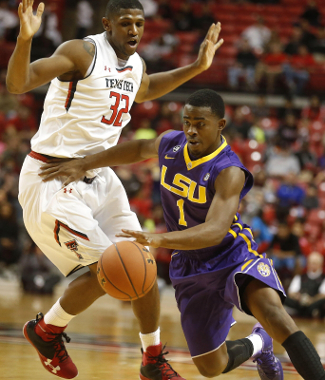Texas Tech Red Raiders (8-7 overall, 0-2 Big 12) at Texas Longhorns (11-4, 0-2)
Frank Erwin Center | Austin, TX | Tip: 7 P.M. CT | TV: Longhorn Network
During last year’s rough 16-18 campaign, the Texas Longhorns could at least count on one thing — if they needed a win, Texas Tech or TCU was great to see next on the schedule. It’s been that way with the Red Raiders for quite some time, as the Longhorns have swept the season series in each of the last five years, and have never lost at home to Tech in Rick Barnes’ 15 years on the Forty Acres.

Tubby Smith already has Tech playing better basketball
(Photo credit: Zach Long/Associated Press) 
Jaye Crockett draws a crowd when he has the ball
(Photo credit: Stephen Spillman/Associated Press) 
Texas Tech has had trouble containing quick guards
(Photo credit: Stephen Spillman/Associated Press) |











